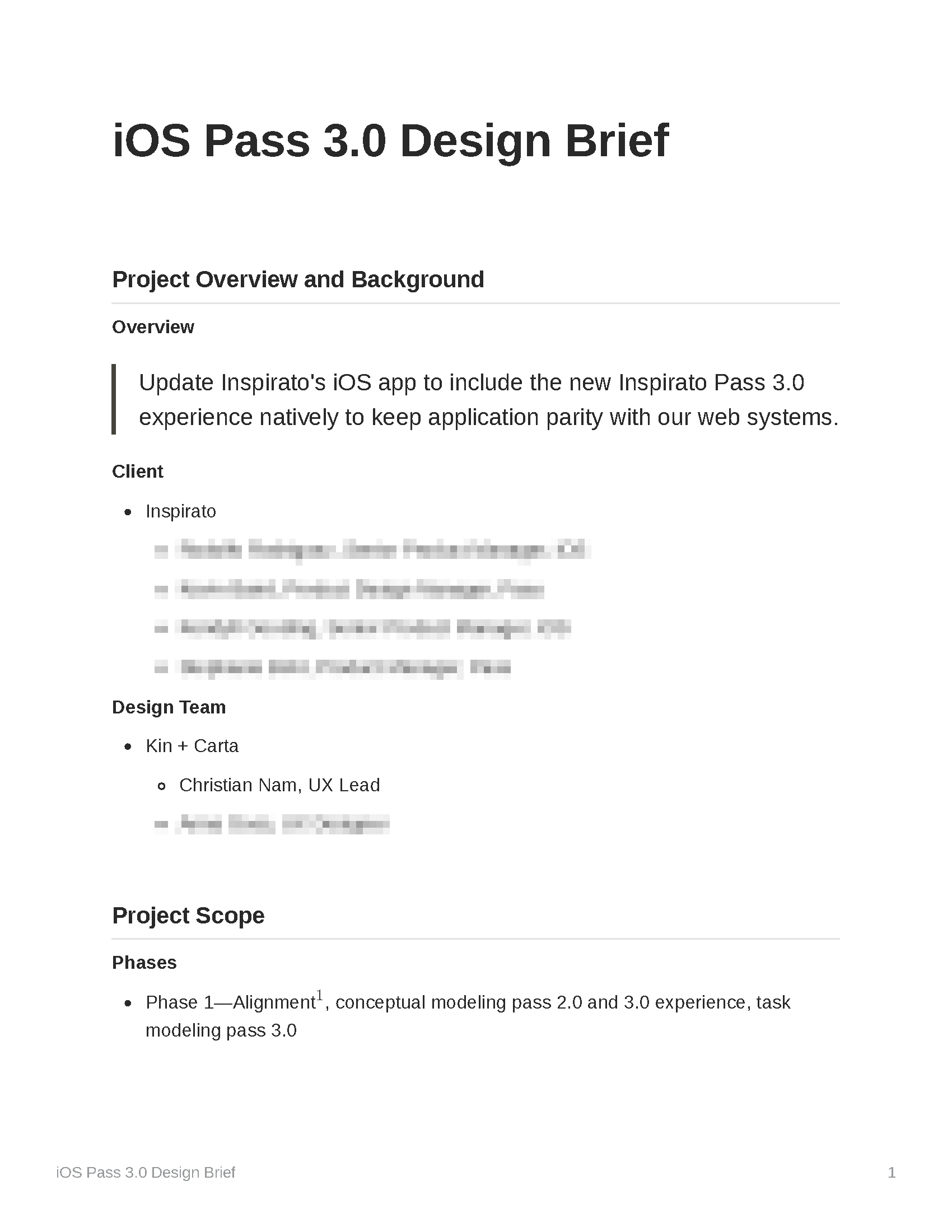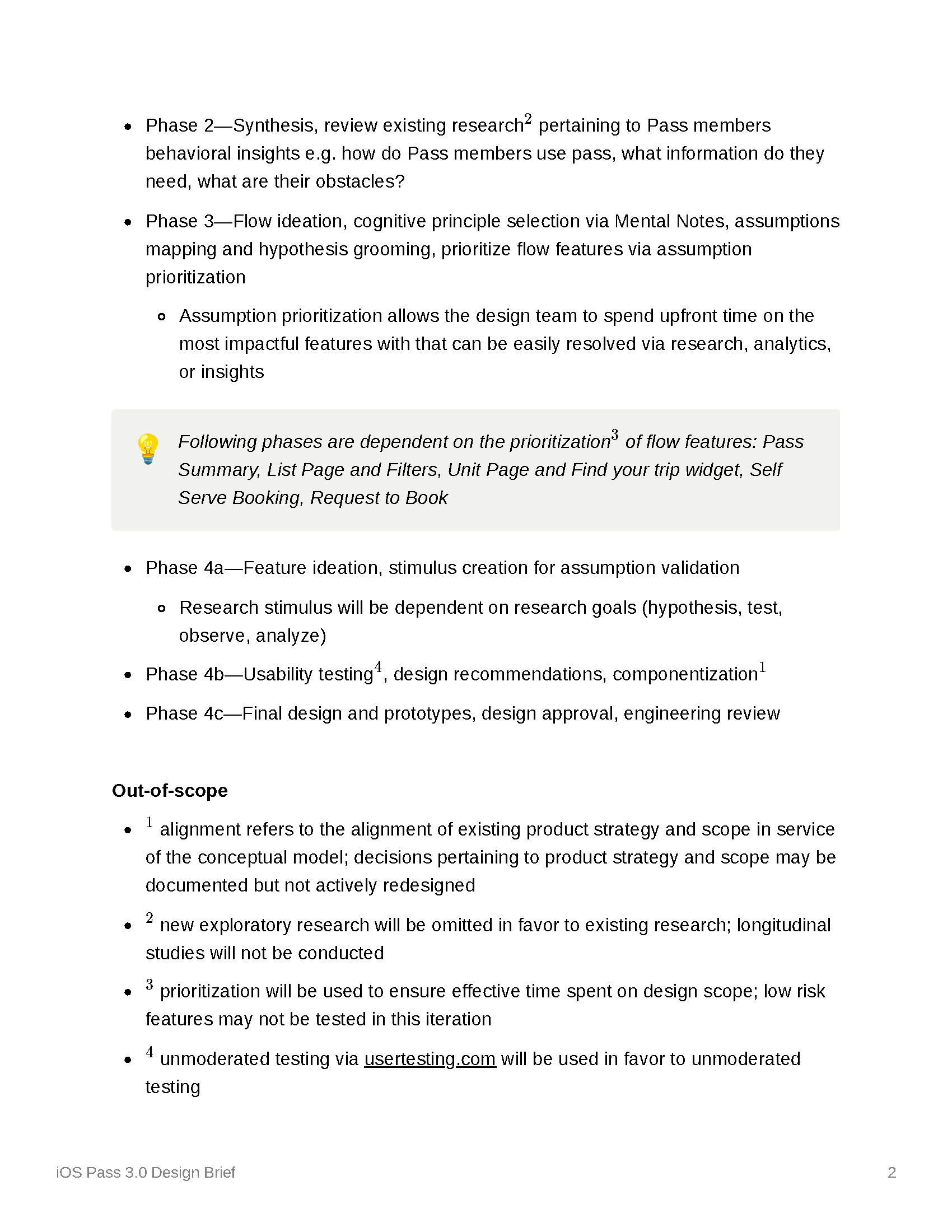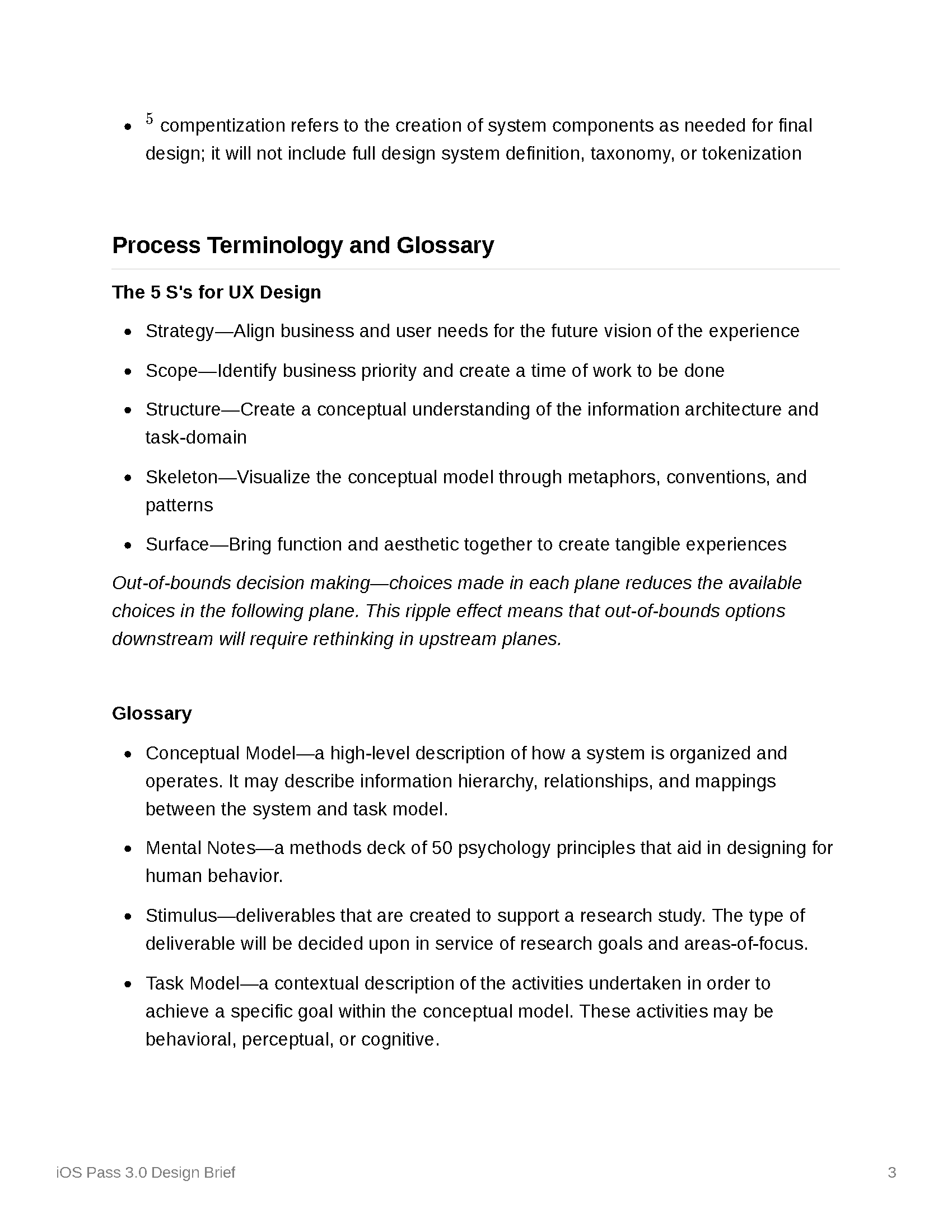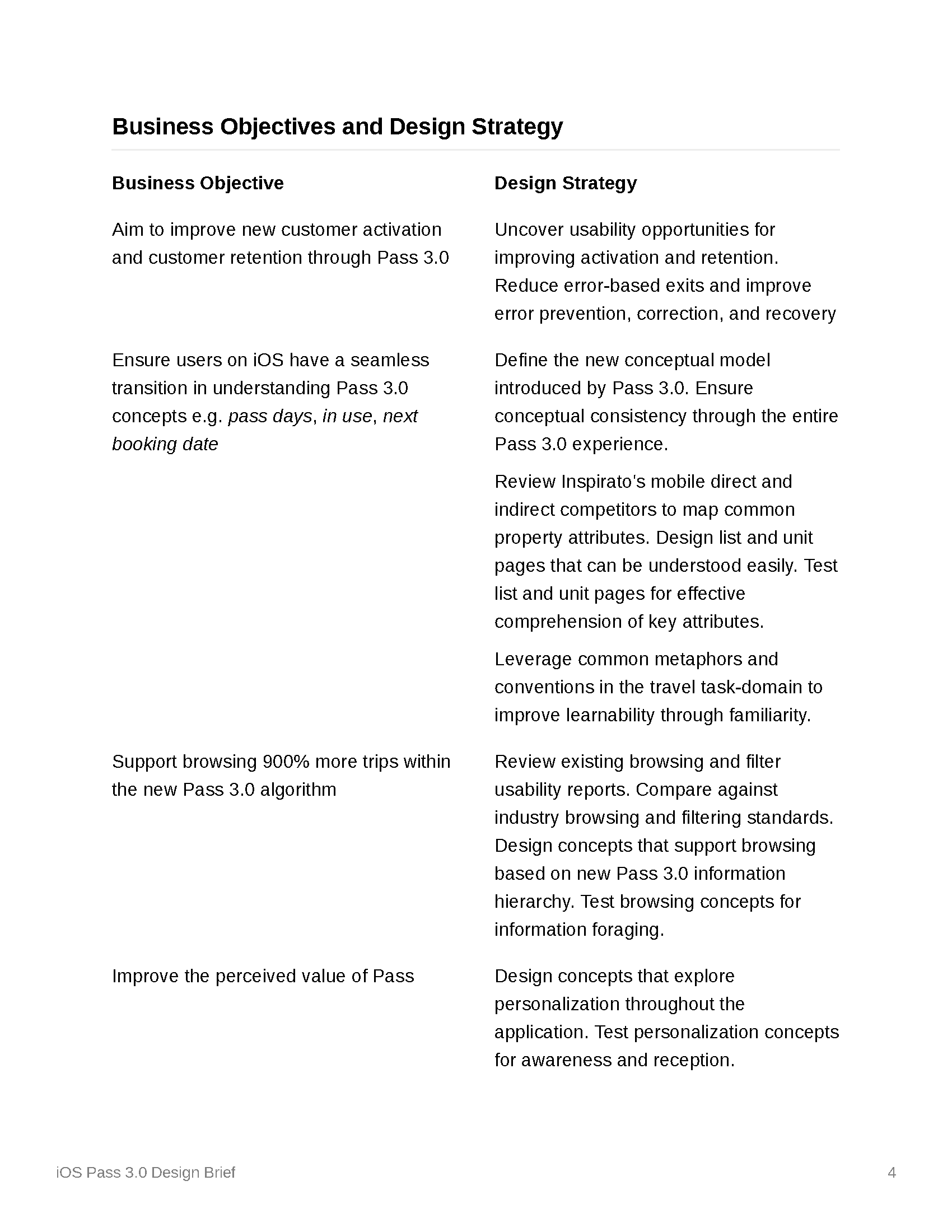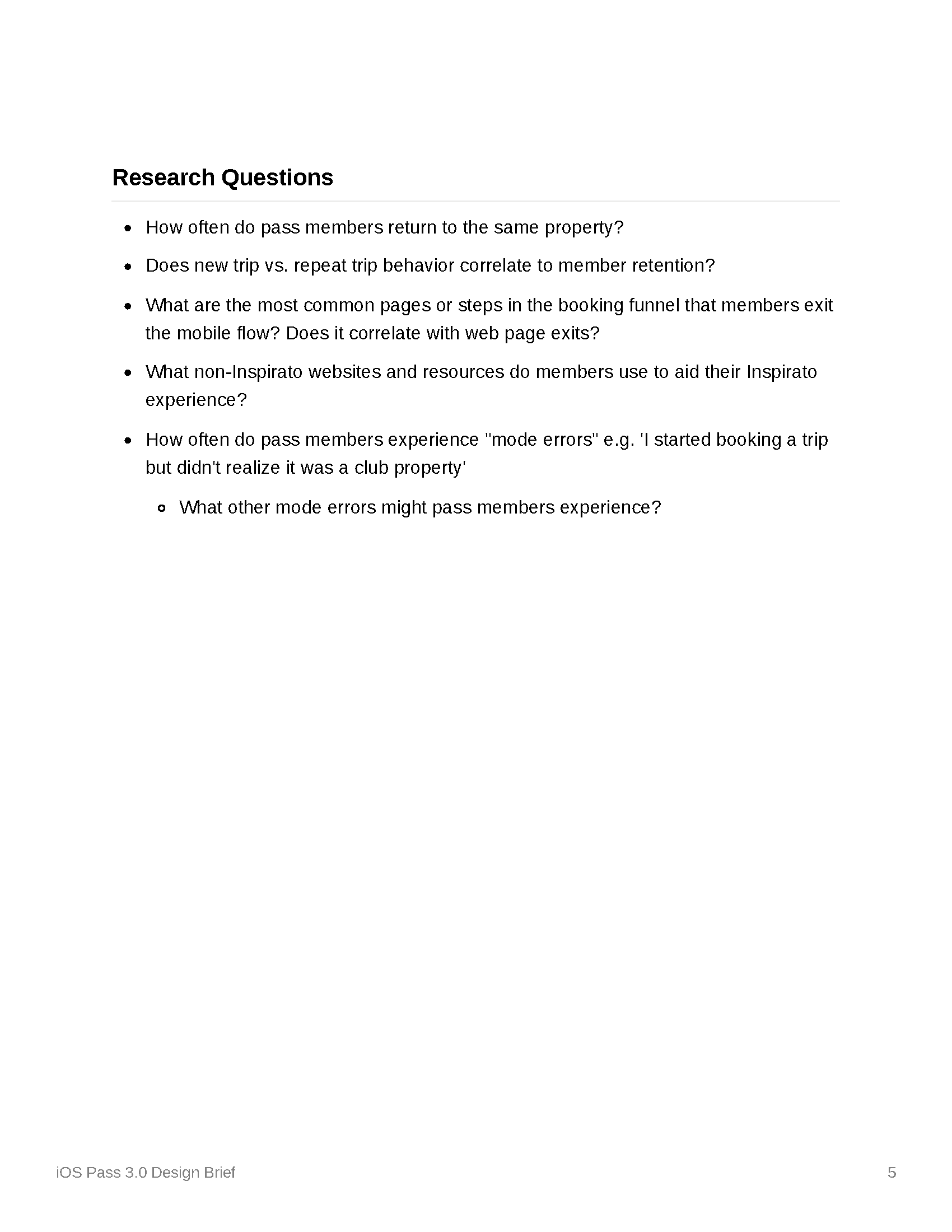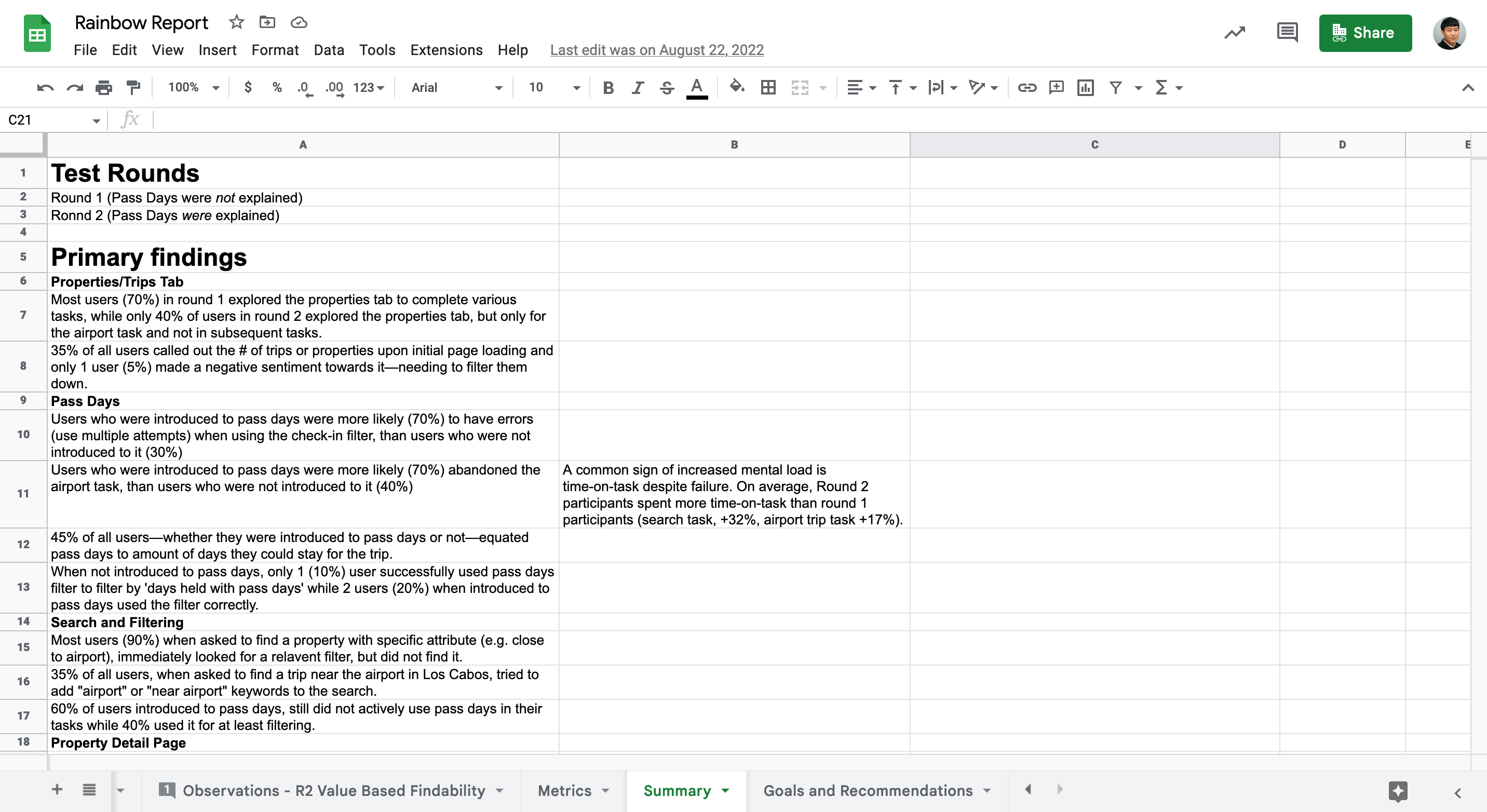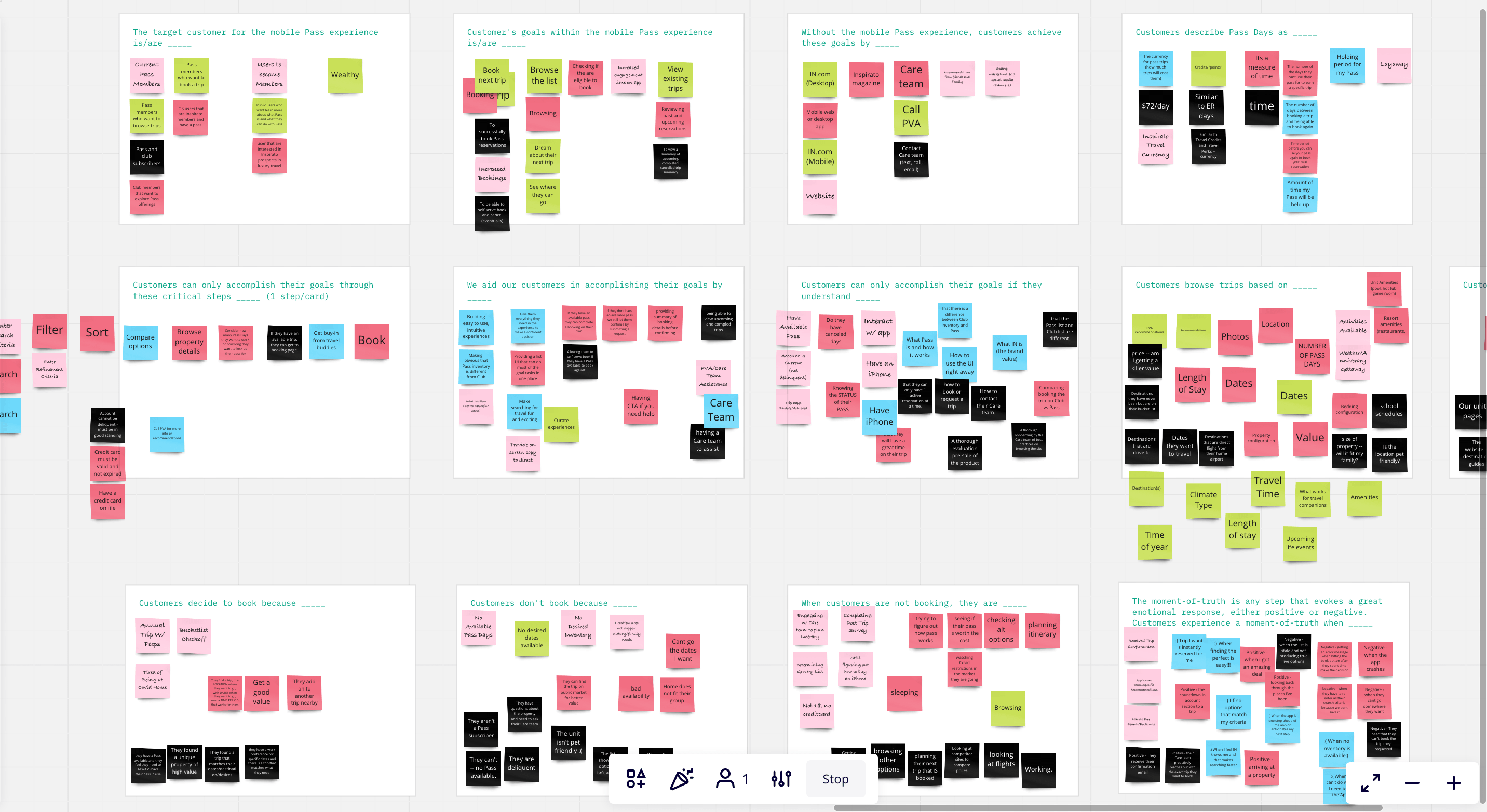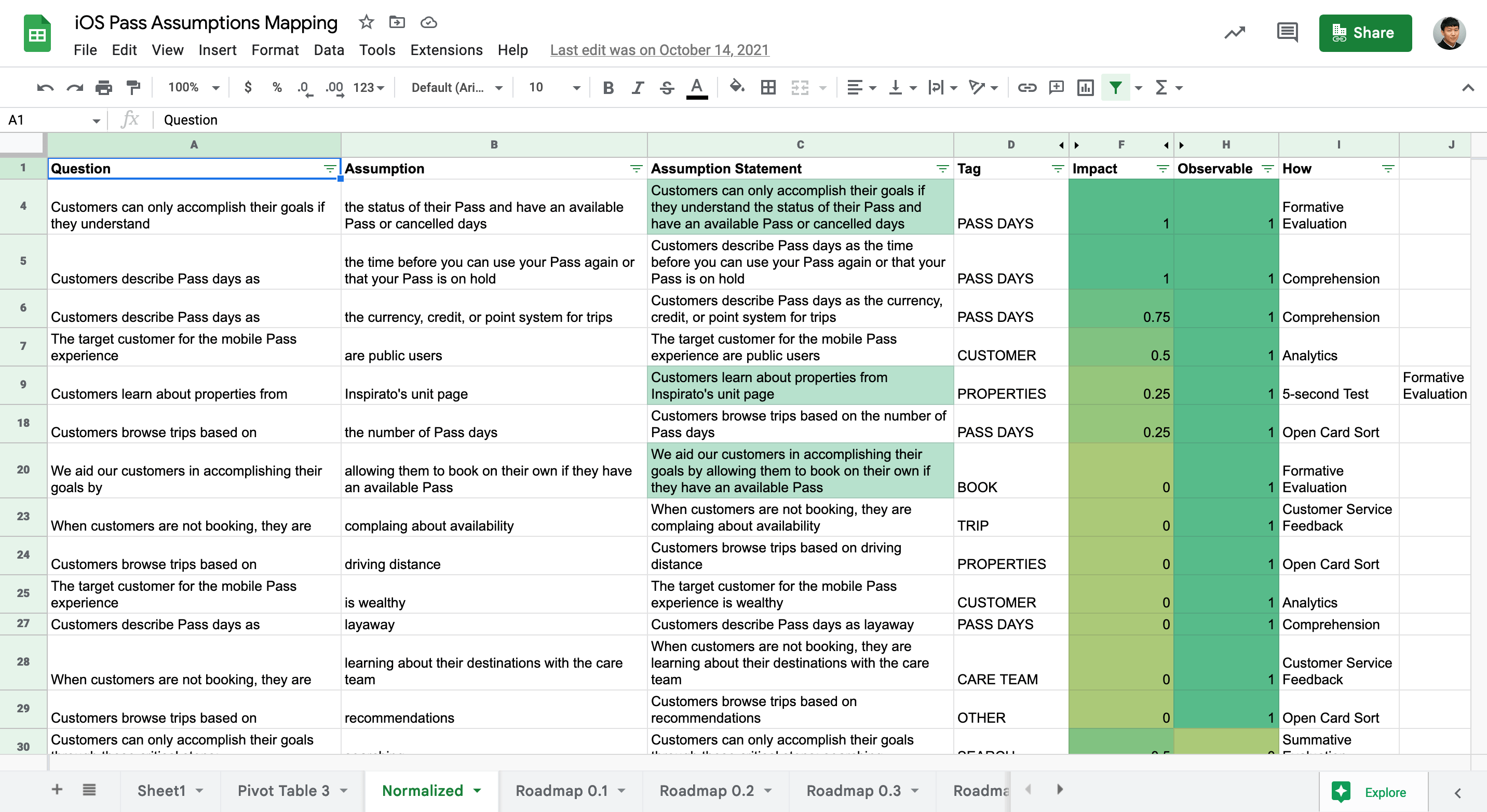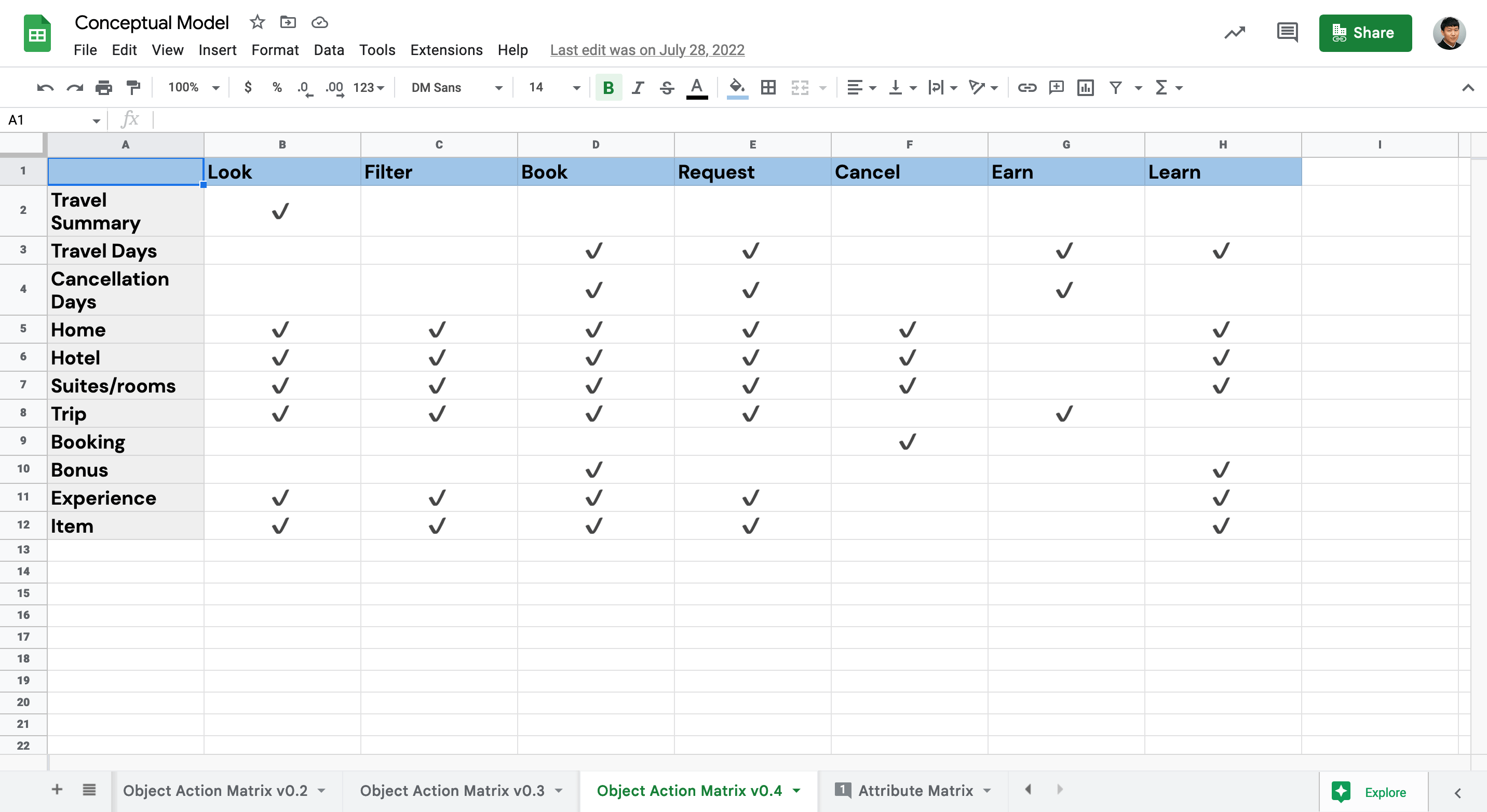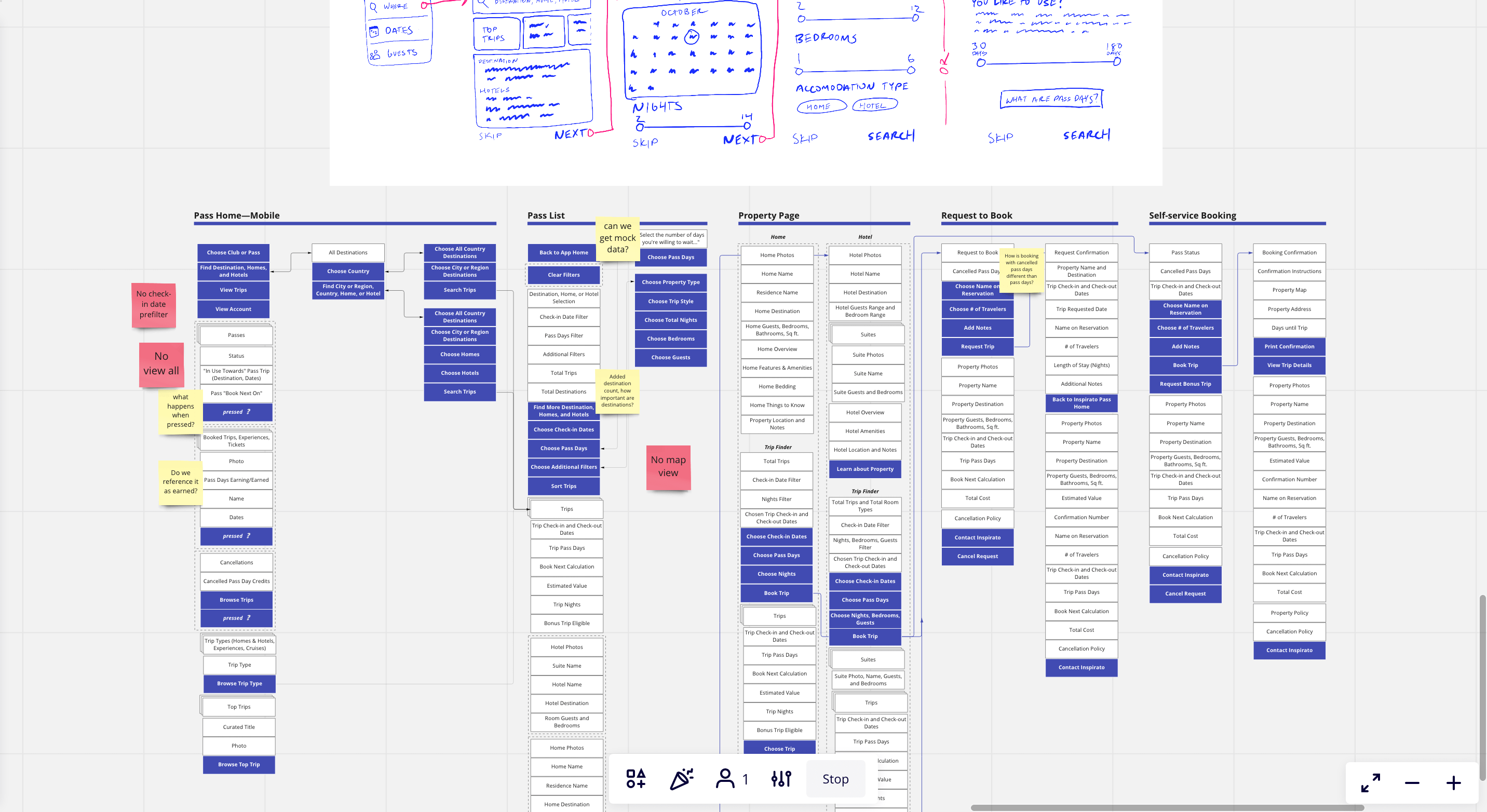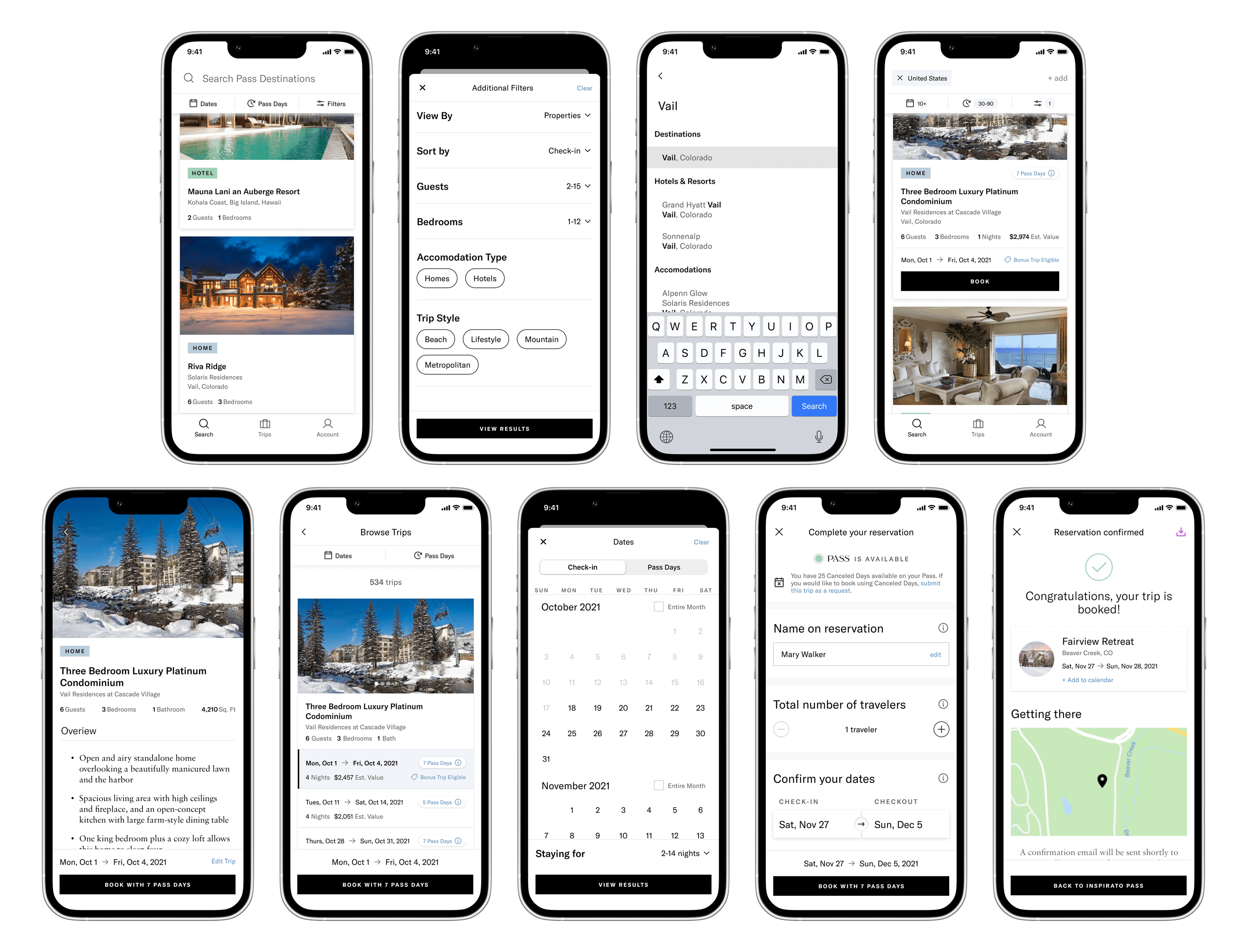Customer Retention in Luxury Travel
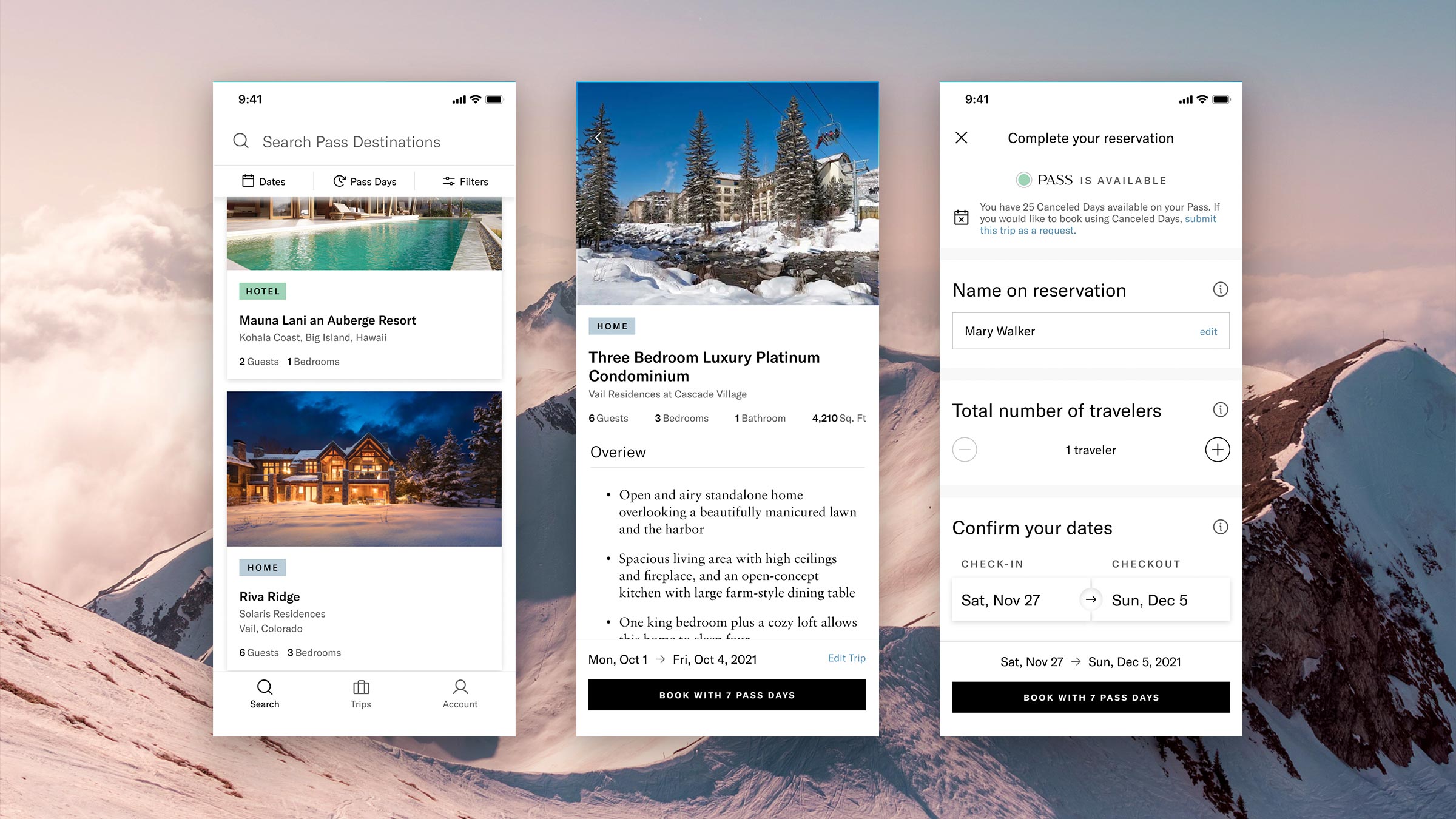
Overview
Inspirato was challenged with maintaining customer retention against diverse travel competitors while managing operating costs. Despite an innovative subscription model offering access to over 400 properties, customers were dissatisfied with trip availability, affecting loyalty.
Inspirato's unique value in the luxury travel market hinged on exclusive property access. Yet, customer retention was affected by limited availability. This opened up an opportunity for improved recommendation algorithms and inventory expansion to meet the rise in last-minute bookings.
Objectives
- Expand Trip Inventory: Redefine the recommendation algorithm to offer more trip options and meet demand.
- Boost Pass Service Usage: Improve the Pass service to make frequent luxury travel a high-value proposition.
- Mobile Experience Redesign: Increase engagement on mobile platforms to simplify trip discovery and booking processes.
Methods
- Design Planning: For a strategic roadmap aligning with business goals and customer needs.
- Assumption Mapping Workshop: Identifying and challenging current assumptions to uncover new opportunities.
- Conceptual Modeling: Creating frameworks for how the updated service would function.
- Usability Testing: Gathering feedback on prototypes to ensure the solutions meet user expectations.
- Prototyping: Iterative development of the mobile app interface and booking system.
Solutions
Mobile App Development
We developed a mobile-first platform, enhancing the ease of finding and booking trips. This approach addressed the growing trend for mobile usage in travel planning and booking, providing a seamless user experience.
Pass Service Enhancement
Inspirato's Pass service was refined to offer more value, incentivizing frequent travel with a compelling loyalty program and exclusive benefits, improving customer retention.
Outcome
The strategic opportunity in Inspirato's mobile experience and Pass service resulted in an immediate uptick in customer engagement and retention rates. Increased inventory visibility led to higher satisfaction and more frequent bookings, aligning with the trend towards last-minute travel.
